Morocco
Morocco’s capital, Rabat, is one of 124 World Heritage sites to be assessed for the state of its conservation at the UNESCO committee’s annual meeting in India.
With architecture dating back to 1184, the city is one of the most ancient in the world, and its numerous monuments depict the many different periods of Moroccan history.
Mosques dating back nearly a thousand years blend into the new urban town built under the French Protectorate in the early 1900s.
"Morocco, as one of the most ancient countries in the world, by virtue of its strategic location, has been home to a group of civilisations from the prehistoric period to the present day," said Mohammed El Krombi, curator of historical monuments at the Culture Ministry in Rabat.
He said having World Heritage status is both an honour and a responsibility.
"It requires us to take care of these historical monuments because UNESCO, together with the Ministry of Culture and local partners, is trying to support this heritage and make it known,” he said.
“When people visit Morocco, they tend to go to just Fez or Marrakesh. The royal vision now is that Rabat is not only the administrative capital but also the cultural capital, the city of lights. These are the things that will help attract tourists."
Tourism plays a pivotal role in enhancing Rabat’s historical heritage, and restoration projects use traditional methods and materials to preserve the original design.
With its quiet alleyways, high blue and white walls and ornate doorways, the Kasbah of the Udayas if a firm favourite with visitors.
The real birthplace of the city, its origins date back to the 12th century.
"The Kasbah of the Udayas is the city of Mahdia. It is the first nucleus of the Almohad city of Rabat al-Fath. It is the historical city that extends on both banks and not only on the left bank,” said Rabat historian and archaeologist, Mohamed Es-semmar.
Chakir Cheraibi, a Moroccan tourist from Canada, said the area has always been a major attration.
"Even for us, it makes us discover Rabat, the children too. We teach them about the history of Morocco through these places and these monuments," he said.
What started out as a humble military outpost nearly 1,000 years ago to defend the area, has been expanded over time into a citadel.
Today, this mostly residential neighbourhood, is home to several important historical monuments, including the Andalusian Gardens, the Bab Udaya gate, and the Old Mosque.
UNESCO's World Heritage Committee holds its 46th session from 21 to 31 July in New Delhi.





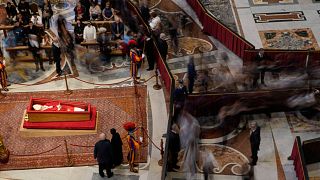
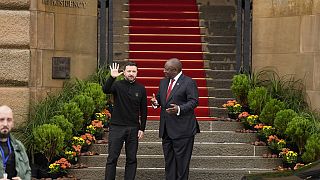
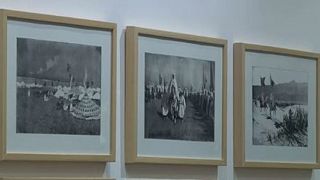
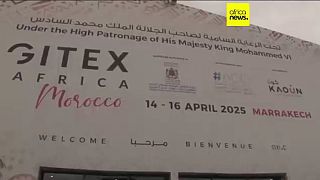
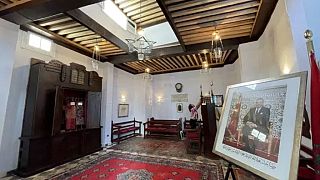

Go to video
Pamela's iconic 'Baywatch' swimming costume makes a splash at new exhibit
02:18
Casablanca Memory Museum celebrates city’s history
02:18
Tunisia: Harissa festival attracts tourists around the world
00:50
Renowned Egyptologist unveils slogan for UNESCO director general candidacy
01:51
Coming home: Ghana has granted citizenship to hundreds of African Americans
01:55
Rabat's green spaces offer residents an escape from urban life